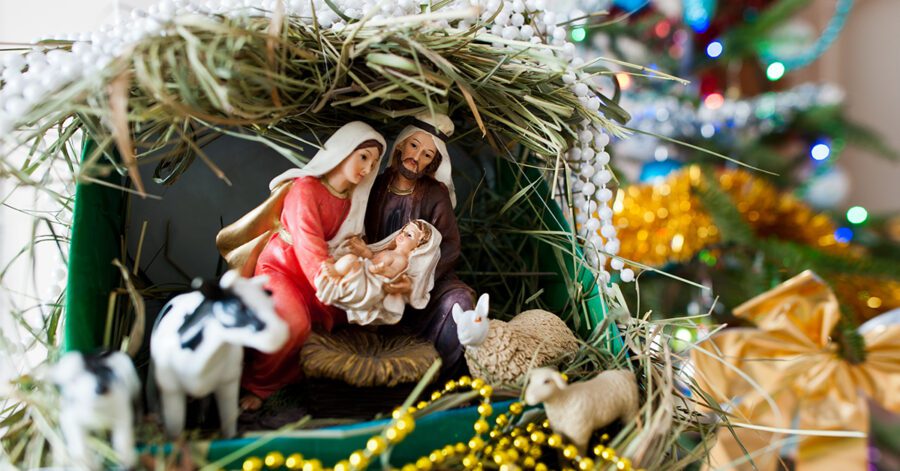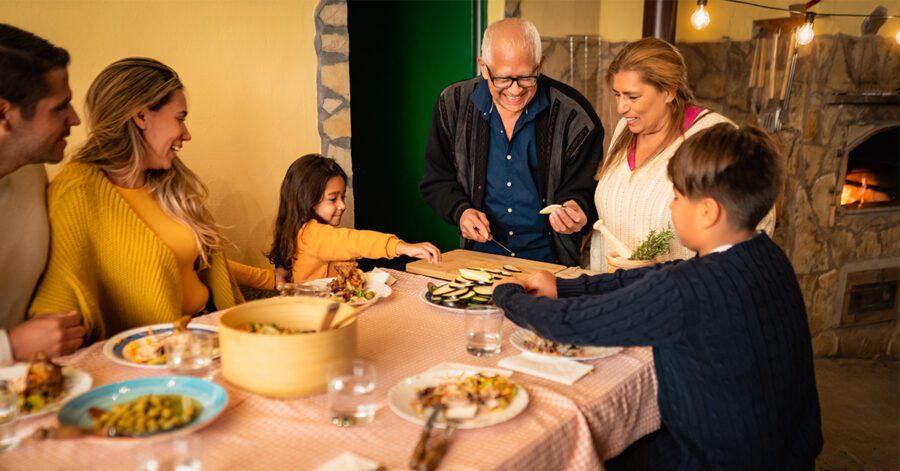Death necessitates catharsis. Daughters know this (and so do sons). We would do well to observe them—and learn from them—from time to time. We can learn from others, after all, even the little children. It is no coincidence that Jesus pointed to the little children as examples of the faith we are to have, examples to imitate.
Learning from Our Daughters
What can daughters (and sons) teach us about death, though? They are so young and inexperienced with death. Many of us have already had experiences with death—more than we care to have had. Some of us have lost parents, siblings, friends, co-workers, neighbors, or grandparents. We have lived through the dying, the death, the funeral, and the packing of their stuff. We have experienced the roller coaster of emotions that all those things entail. We know death, our daughters, not so much—and we are thankful for that.
Yet, somehow, they know more than we know.
Children face death; we cower from it. My daughter, Ada, lost her pet fish. It was a fish and we all know that fish are more like decorations than they are pets. Birds sing to you, cats purr at you, dogs lick you, but fish? This fish, however, was her fish. We have a dog, but our boys take care of it. We now have a cat that is her pet, but it came after the fish. The fish was hers. It swam in a tank in her room and she fed it daily. She cared for it.
When the fish died—he had a name, I just cannot remember it—she was saddened. How did she face death differently from us? She faced it head on. She got a box and decorated it—fitting for burial. She dug the hole in our backyard—although she could have watched or helped as a brother dug it and that still would have been better—and placed the fish’s coffin into it. She put the dirt atop the box and patted it down. She designed and built a marker so that we will always know where the fish is.
Our Mistakes
We, on the other hand, have removed ourselves from the process. We do not get to do anything with our own hands as part of death. Thus, we lose the opportunity for catharsis. There are exceptions and I am sure astute readers are thinking of them right now. Going through a deceased parent’s or grandparent’s belongings can be cathartic. There are other ways as well. I am not discounting these, but we do not always get to participate in them. We have commercialized death. Understand that by “we” I mean our culture, not necessarily you or me. We do not get to participate the way our children do. We pay someone to take care of the deceased’s body. We pay someone to take care of the casket. We pay someone to take care of digging. We pay someone to take care of lowering the casket into the hole. We pay someone to take care of filling the hole with dirt. We pay someone to memorialize the location with a headstone. We have to.
When our children bury their pet fish or bird, they sometimes ask someone else to say a prayer over the burial on their behalf. This may appear to be the same thing, but it is not. There is a difference between commercializing—paying—someone to replace what I can do and bowing to someone else’s wisdom and expertise in an area. When my daughter asks me to pray, she is acknowledging my spiritual leadership, not shifting responsibility.
A Caveat
I need to be careful here because death is such an emotional topic. It might come across as if I am saying we do not love the deceased person as much as our children love their pet. That is not my point. I realize that our culture has commercialized death to the point that it is impossible—maybe even illegal—to reclaim these responsibilities. What we need to glean from this is not that we—individually—are irresponsible and bad because death has been commercialized, but that we have lost opportunity for catharsis because of it. We need to find catharsis.
Learning from Death
Our children have taught us of the natural inclination for catharsis, natural because it is necessitated. The commercialization of death can teach us something else. Culturally, we have learned to commercialize everything: Christmas, Easter, Thanksgiving, Halloween, and child-rearing—yes, child-rearing. We have all met the absentee parent who tries to win his estranged child over by buying him expensive gifts. He has commercialized his child-rearing. To some extent, we do that with our own spouses. I am expected to get flowers for my wife when I have angered her (I have gone ahead and purchased a nursery so that I can keep up!). Buying flowers, of course, can be a perfect gesture to indicate remorse—it is not a bad thing. But even the repairing of broken relationships requires catharsis.
When I have hurt my daughter by failing to keep a promise or something, she needs catharsis. She may be happy if I buy her a gift, but it will only mask the hurt, not fix it. We need catharsis. Catharsis, interestingly, has a literary and artistic connotation to it. It indicates the act of purging or purifying emotions primarily through the arts.
What we need to do, then, the next time we need to repair the relationship with our son or daughter, is to make something—with our hands. Rather than buy my daughter a stuffed animal, I am going to sit down with her and write a poem, draw a picture, or build a dollhouse. Rather than buy my son a baseball mitt, I am going to take him out to the garage and build a bike ramp, fix the front porch steps, or repair the broken frame on mom’s favorite painting.
When we enter into such cathartic acts with our children, we are spending time with them—time they need with us and we need with them—we are creating memories, and we are creating an artifact that will serve as a reminder to them and us. We are loving them. We have learned from them.




